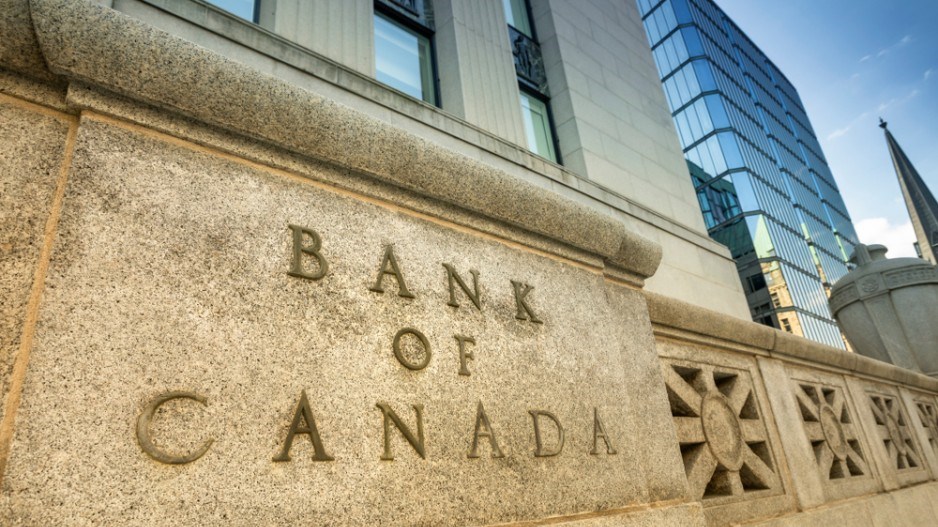The Bank of Canada announced September 4 it is maintaining the overnight rate target at 1.75%, where it has sat since October 2018.
In a news release, the Bank said the escalating U.S.-China trade conflict has had more of an impact on global economic growth than it had forecast in its July Monetary Policy Report.
“In its first public comments since the early July rate decision, the Bank highlighted the steep escalation in global trade risks,” Douglas Porter, BMO Capital Markets’ chief economist, said in a note to investors, explaining the focus on the next rate decision will be directly on developments in global trade.
Canadian economic growth exceeded the Bank’s expectations in 2019’s second quarter, but some of this is expected to be temporary. Strong energy production and export growth were behind the rebound from a weak Q1. Housing is rebounding more quickly than expected, with strong resales and housing starts reflecting increased demand. Lower mortgage rates are also a key factor. The Bank noted that this could contribute to already-high household debt, but said stricter mortgage rules should keep some of this in check. Wages are up, but consumption spending was softer than anticipated. Business investment decreased compared with Q1, due in part to the global trade uncertainty. Overall, the Bank said it expects economic growth to moderate in 2019’s second half.
Inflation is at the 2% rate target. CPI inflation in July exceeded expectations, driven by higher prices for air travel, mobile phones and food. This was partially offset by lower gas prices. Core inflation measures remain around 2%.
“In sum, Canada’s economy is operating close to potential and inflation is on target,” the Bank said in its release. “However, escalating trade conflicts and related uncertainty are taking a toll on the global and Canadian economies. In this context, the current degree of monetary policy stimulus remains appropriate.
“As the Bank works to update its projection in light of incoming data, Governing Council will pay particular attention to global developments and their impact on the outlook for Canadian growth and inflation.”
Porter said he expects the Bank will cut the rate by the end of the year.
“Clearly much will ultimately depend heavily on how the U.S.-China trade war plays out; but, given that we are not optimistic on that front, we leant to a rate cut in late October,” he said.
@EmmaHampelBIV




